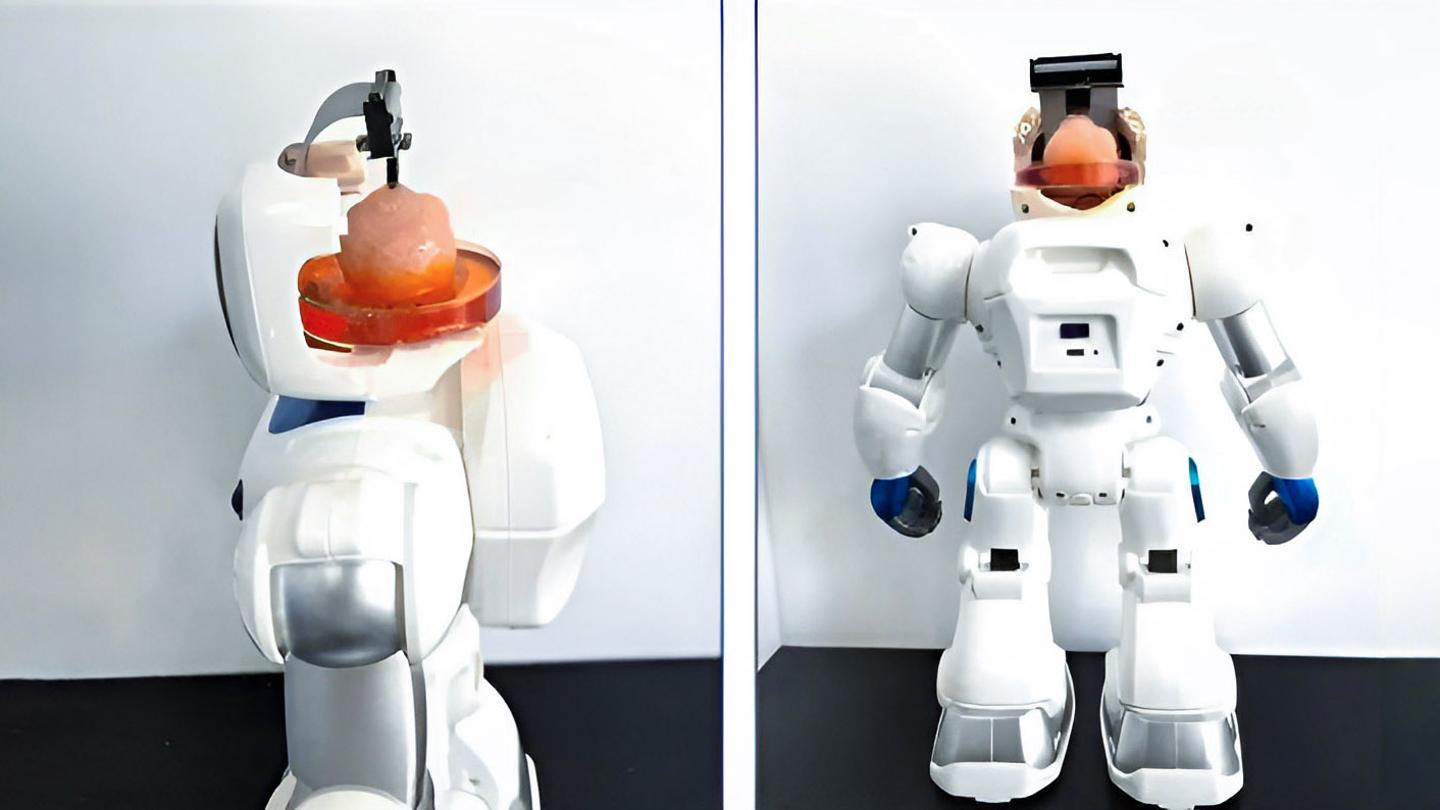 EMERGING TECH
EMERGING TECH
 EMERGING TECH
EMERGING TECH
 EMERGING TECH
EMERGING TECH
Researchers at Tianjin University and the Southern University of Science and Technology in China have created a “human-on-chip” system that combines human brain matter with a neural interface chip and have used the technology to create a hybrid “organoid” robot.
The technology is reported to be an emerging branch of brain-computer interfaces, which aims to combine the brain’s electrical signals with external computing power. The idea behind the technology is to develop brain-like computing.
According to the Global Times, the system uses an artificial brain cultivated in vitro – such as a “brain-like organ” — that can interact with external information through encoding, decoding and stimulus feedback when coupled with electrode chips. In vitro, in this case, means that they’re growing the brain-like organ in a controlled laboratory environment using stem cell technology.
According to the researchers, the brain-like organ-growing process allows them to create simplified versions of brain tissue that mimic certain aspects of human brain development and function.
The idea behind brain-computer interfaces is not new and the best-known company exploring the technology is Elon Musk’s Neuralink Corp. Neuralink became the first company in history to implant a brain chip in January, but unlike the Chinese researchers, Musk isn’t growing brain tissue and merging it with chips.
So far, the Chinese brain-on-chip interface systems can instruct a robot to avoid obstacles, track and grasp through what is being described as “mind control.” And to demonstrate the technology, they’ve put the brain-on-chip interface into a humanoid robot (pictured).
In an interview, Li Xiaohong, a professor at Tianjin University, reportedly told Science and Technology Daily that brain organoids were regarded as the most promising model of basic intelligence. However, the process has challenges. For example, the technology has “bottlenecks such as a low developmental maturity and insufficient nutrient supply.”
The disturbing aspects of the technology aside — and comparisons to Frankenstein’s monster have been made in the press — the technology, even with the demonstrative robots, isn’t entirely as creepy as it seems.
Though the technology can be used to create thinking robots, it could also lead to new treatments to treat neurodevelopmental disorders and repair brain damage. “Brain organoid transplants are considered a promising strategy for restoring brain function by replacing lost neurons and reconstructing neural circuits,” the researchers wrote in a paper.
Support our mission to keep content open and free by engaging with theCUBE community. Join theCUBE’s Alumni Trust Network, where technology leaders connect, share intelligence and create opportunities.
Founded by tech visionaries John Furrier and Dave Vellante, SiliconANGLE Media has built a dynamic ecosystem of industry-leading digital media brands that reach 15+ million elite tech professionals. Our new proprietary theCUBE AI Video Cloud is breaking ground in audience interaction, leveraging theCUBEai.com neural network to help technology companies make data-driven decisions and stay at the forefront of industry conversations.